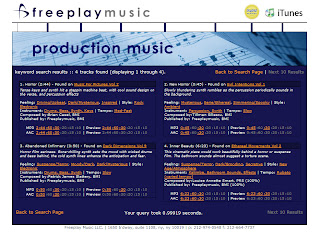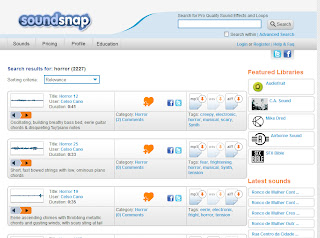This is a you-tube clip showing a montage of how many films use the scary, behind-the-mirror technique. It's a convention that is so over-used that films are making parody scenes of it. I am considering using this technique- to follow conventions so that you know something is going to happen, but also to make a twist on the technique.
Why do people enjoy being scared? Joe Bob Briggs, noted "drive in movie" critic, says that "We like to frighten ourselves so that everything else in our lives seems less frightening" Roger Ebert states that good horror movies "can exorcise our demons" ("The Texas Chainsaw Massacre"). Horror movies affect the watcher in tangible physical ways, as well. Fear stimulates the 'fight or flight' response, which kicks off with a rush of endorphins that make the body more alert, tighten the muscles, and slow down nonessential functions like digestion.
It is possible that the screen acts as a mirror to the audience, who is, after all, deceived as it believes the narrative it sees on the screen to be true when in fact it is merely another well constructed deception. The camera is able to go everywhere, see everything, and ultimately has no limits. The audience's feeling of power is enhanced further by the fact that they are sitting in a darkened, relatively unexposed, 'safe-feeling' auditorium, passively watching the lives of others.
So, what effect does it have to use mirrors within the film itself? Well, some would argue that through the use of mirror in film, the spectator itself is exposed and thrown into the action, no longer just a passive viewer of the action, but an active part of the action, rudely revealed or harshly thrown into the light and action. The safety and comfort of the auditorium is shattered as they become aware of their own vulnerability. Therefore, the cinematic screen becomes the 'mirror of childhood' described in Lacan's mirror stage. This awareness consequently produces an anxiety in the subject who is unsure whose point of view is being depicted, the on-screen characters or their own. This is made worse as the audience relates this experience to its childhood, where they may well have felt even more exposed and vulnerable. This could be the cause of making mirrors scary in film, and why it has been used so often.
Scariest film scenes:
























